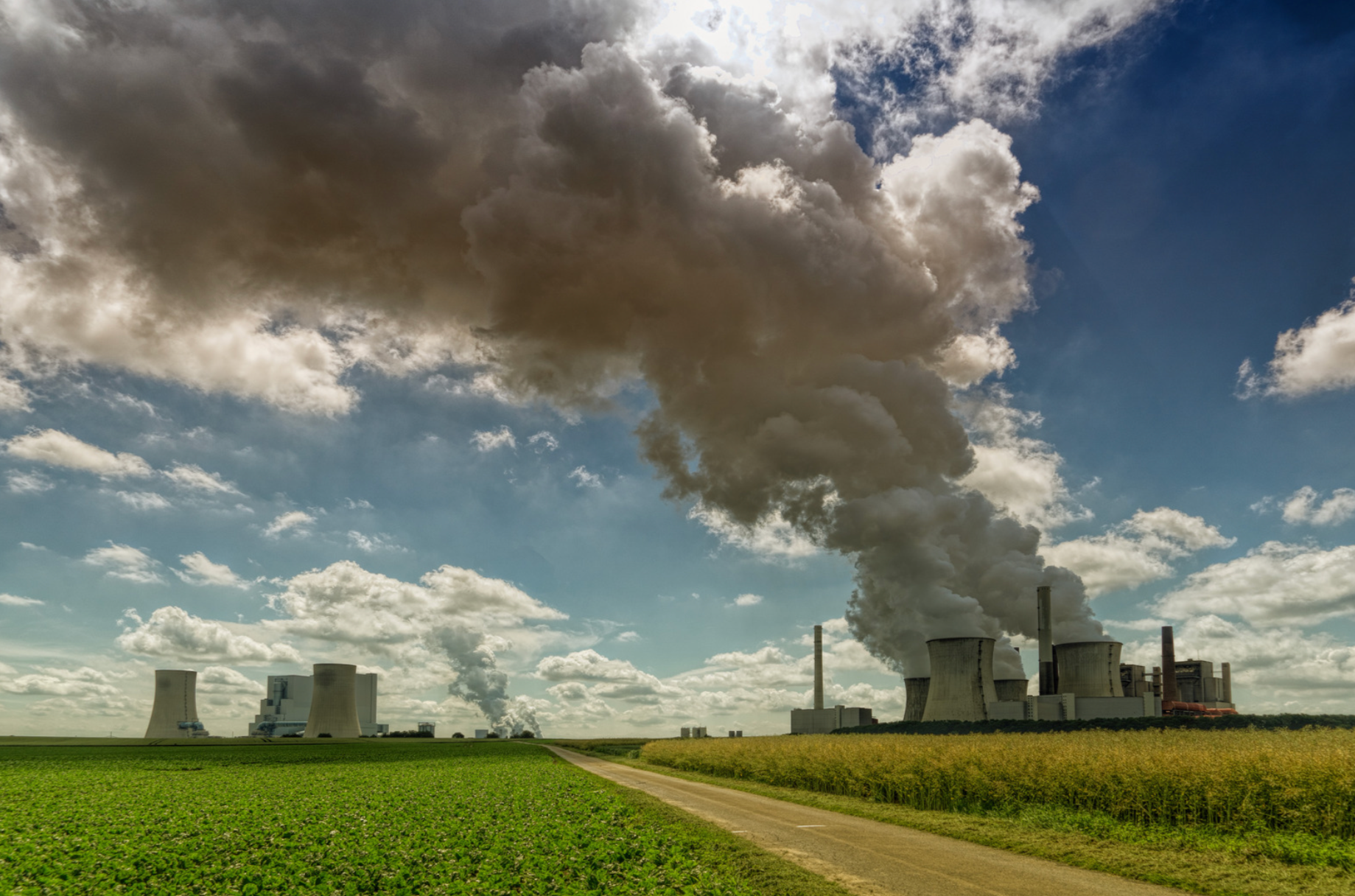Energy Star: Who They Are and What They Do

In an time where environmental consciousness has moved to the forefront of consumer priorities, Energy Star has emerged as a key player in promoting energy efficiency and sustainability. Established in the United States of America, Energy Star serves as a trusted label that helps consumers and businesses identify products that meet stringent energy efficiency guidelines. At Senergy Builders, we proudly ensure that all of our homes reach Energy Star standards.
But what exactly is Energy Star, who is behind it, and how does it contribute to a more sustainable future? In this blog post, we’ll explore the origins, mission, and impact of Energy Star, and how you can incorporate energy efficient choices into your own life.
What is Energy Star?
Energy Star is a voluntary program that was launched by the U.S. Environmental Protection Agency (EPA) in 1992. The program’s primary goal is to reduce greenhouse gas emissions and promote energy efficiency through the use of certified products. Energy Star labels can be found on a wide variety of products, including appliances, lighting, heating and cooling systems, and even entire buildings.
The Energy Star label is not just a badge of honor; it signifies that a product meets or exceeds strict energy efficiency criteria set by the EPA and the U.S. Department of Energy (DOE). By choosing Energy Star-certified products, consumers can reduce their energy bills, improve comfort in their homes, and contribute to the overall reduction of carbon emissions.
Who is Behind Energy Star?
Energy Star is a collaborative program managed by the EPA and the DOE. Both agencies work together to establish the energy performance criteria for different product categories and to ensure that manufacturers adhere to these standards.
In addition to government oversight, Energy Star partners with various organizations, including manufacturers, retailers, and utilities, to promote energy-efficient products. These partnerships help to broaden the reach of the Energy Star program, making it easier for consumers to identify and purchase energy-efficient items.
The Mission of Energy Star
The mission of Energy Star is clear: to promote energy efficiency in homes and businesses to protect the environment for future generations.
The program aims to achieve this mission through several key objectives:
Educating Consumers
Energy Star provides valuable information and resources to help consumers understand the benefits of energy efficiency and how to make informed choices when purchasing products.
Establishing Standards
The program sets strict guidelines for various product categories, ensuring that Energy Star-certified items deliver the energy savings they promise.
Encouraging Participation
Energy Star encourages manufacturers, retailers, and utilities to participate in the program, expanding the availability of energy efficient options.
Promoting Sustainable Practices
Beyond individual products, Energy Star promotes energy efficient building practices, guiding homeowners and builders toward more sustainable choices in construction and renovation.
The Impact of Energy Star
The impact of Energy Star is significant, both in terms of environmental benefits and cost savings for consumers. Since its inception, the program has helped reduce greenhouse gas emissions and has saved billions of dollars in energy costs for households and businesses alike.
Here are a few key statistics that highlight Energy Star’s influence:
Energy Savings
In 2022 alone, Energy Star helped save more than 370 billion kWh of electricity, equivalent to the annual electricity use of over 35 million homes.
Cost Savings
Consumers saved approximately $41 billion on their energy bills in 2022 due to the use of Energy Star products.
Carbon Emission Reduction
The program has significantly contributed to reducing carbon emissions, preventing more than 1 billion metric tons of greenhouse gasses from entering the atmosphere since its launch.

How to Get Involved with Energy Star
For individuals looking to reduce their energy consumption and embrace sustainability, there are several ways to get involved with Energy Star:
Choose Energy Star Products
When shopping for appliances, electronics, and other products, look for the Energy Star label. This simple choice can lead to substantial savings on your energy bills while reducing your environmental impact.
Improve Home Energy Efficiency
Consider upgrading your home with Energy Star-certified windows, insulation, and heating and cooling systems. These improvements can enhance comfort and significantly lower energy costs.
Participate in Energy Star Programs
Many local utilities offer incentives for energy efficient upgrades. Check with your utility provider to see if they participate in Energy Star programs and what rebates or discounts are available.
Educate Others
This can always be fun! Spread the word about the benefits of Energy Star. Share information with friends and family about how energy efficient products can save money and reduce carbon footprints.
Choose Senergy Builders Today
At Senergy Builders, we are proud to channel the efforts of Energy Star through our construction practices and aims. Energy Star represents a vital effort in the global movement toward sustainability and energy efficiency, and we are eager to bring this movement to the Western Slope of Colorado. We are dedicated to helping empower individuals and businesses to make better choices that benefit both their wallets and the environment. Especially as we navigate the challenges of climate change, initiatives like Energy Star are essential in creating a more sustainable future.
In a world where energy consumption continues to rise, embracing energy efficient products is not just a smart financial decision—it's a commitment to protecting our planet for generations to come. Whether you're looking to upgrade your appliances or simply want to make more informed choices, Energy Star provides a clear path toward a more sustainable lifestyle.
Lastly, if you’re looking to build your new dream home in a manner that enhances your comfort whilst simultaneously promoting environmental sustainability, we at Senergy Builders are ready to have your back!
You might also like



